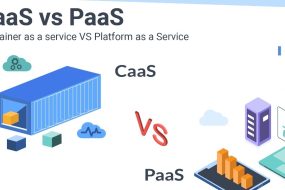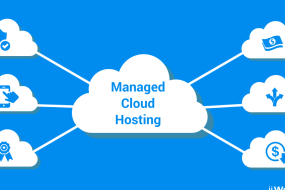
In a world where environmental sustainability is at the forefront of discussions, the technology industry is no exception. Green cloud computing is emerging as a powerful force in reducing the carbon footprint of data centers and hosting solutions. In this comprehensive exploration, we’ll delve into the environmental implications of serverless cloud hosting and how it contributes to a greener, more sustainable future.
Embracing Green Cloud Computing
As the demand for digital services and data storage continues to grow, so does the energy consumption of data centers. Green cloud computing is a proactive response to this issue, aiming to reduce the environmental impact of hosting solutions. Serverless cloud hosting, in particular, plays a pivotal role in this transformation.
The Environmental Benefits of Serverless Hosting
Energy Efficiency
Serverless hosting solutions are designed to be highly energy-efficient. They only consume resources when there’s actual demand, which significantly reduces overall energy consumption compared to traditional hosting.
Reduced E-Waste
By optimizing resource usage, serverless hosting extends the lifecycle of hardware components, reducing electronic waste. Fewer hardware replacements mean less environmental impact.
Lower Carbon Emissions
Less energy consumption and reduced e-waste lead to a substantial reduction in carbon emissions. Serverless hosting is a greener choice that contributes to a cleaner environment.
Sustainable Practices in Serverless Cloud Hosting
Renewable Energy Sources
Many serverless hosting providers are investing in renewable energy sources such as solar and wind power to minimize their carbon footprint.
Data Center Location
Strategic placement of data centers in regions with abundant clean energy sources is another sustainable practice. This helps reduce the environmental impact of hosting solutions.
Efficient Resource Allocation
Serverless hosting automatically allocates resources based on real-time demand, ensuring that energy is used efficiently.
Green Cloud Computing in Action
Sustainable Applications
Serverless hosting enables developers to create environmentally friendly applications that minimize resource consumption, contributing to a greener digital ecosystem.
Carbon-Neutral Operations
Some serverless hosting providers are taking it a step further by investing in carbon offset programs to neutralize their environmental impact.
Monitoring and Reporting
Serverless hosting platforms often offer monitoring tools that allow users to track their environmental footprint and make informed decisions about resource allocation.
The Path to a Greener Future
The environmental impact of serverless cloud hosting goes beyond energy efficiency. It encompasses renewable energy, location choices, efficient resource allocation, and the creation of sustainable applications. As more organizations and individuals adopt these practices, the path to a greener future becomes increasingly clear.
Final Words
Serverless cloud hosting is not only a technological advancement but also a significant contributor to a greener, more sustainable future. By reducing energy consumption, minimizing electronic waste, and investing in renewable energy sources, serverless hosting is taking steps toward a cleaner, more environmentally friendly digital ecosystem. As individuals, businesses, and hosting providers embrace green cloud computing practices, we pave the way for a brighter and more sustainable future.
Commonly Asked Questions
Q1: How does serverless hosting reduce energy consumption?
Serverless hosting only consumes resources when needed, minimizing energy consumption compared to traditional hosting.
Q2: Can individuals and small businesses benefit from serverless hosting’s green initiatives?
Yes, serverless hosting is accessible to individuals and small businesses, and they can contribute to a greener future by choosing environmentally responsible hosting providers.
Q3: Are there certifications or standards for green cloud computing?
Yes, there are certifications like ISO 14001 and standards like the Green Grid’s PUE that assess and promote the environmental sustainability of data centers.
Q4: How can I assess the environmental impact of my hosting choices?
Many serverless hosting platforms provide tools to monitor and report on your environmental footprint, helping you make informed decisions.
Q5: What can I do to support green cloud computing as an individual?
Choose serverless hosting providers with green initiatives, adopt energy-efficient practices in your applications, and consider carbon offset programs to reduce your carbon footprint.
Advertisement







